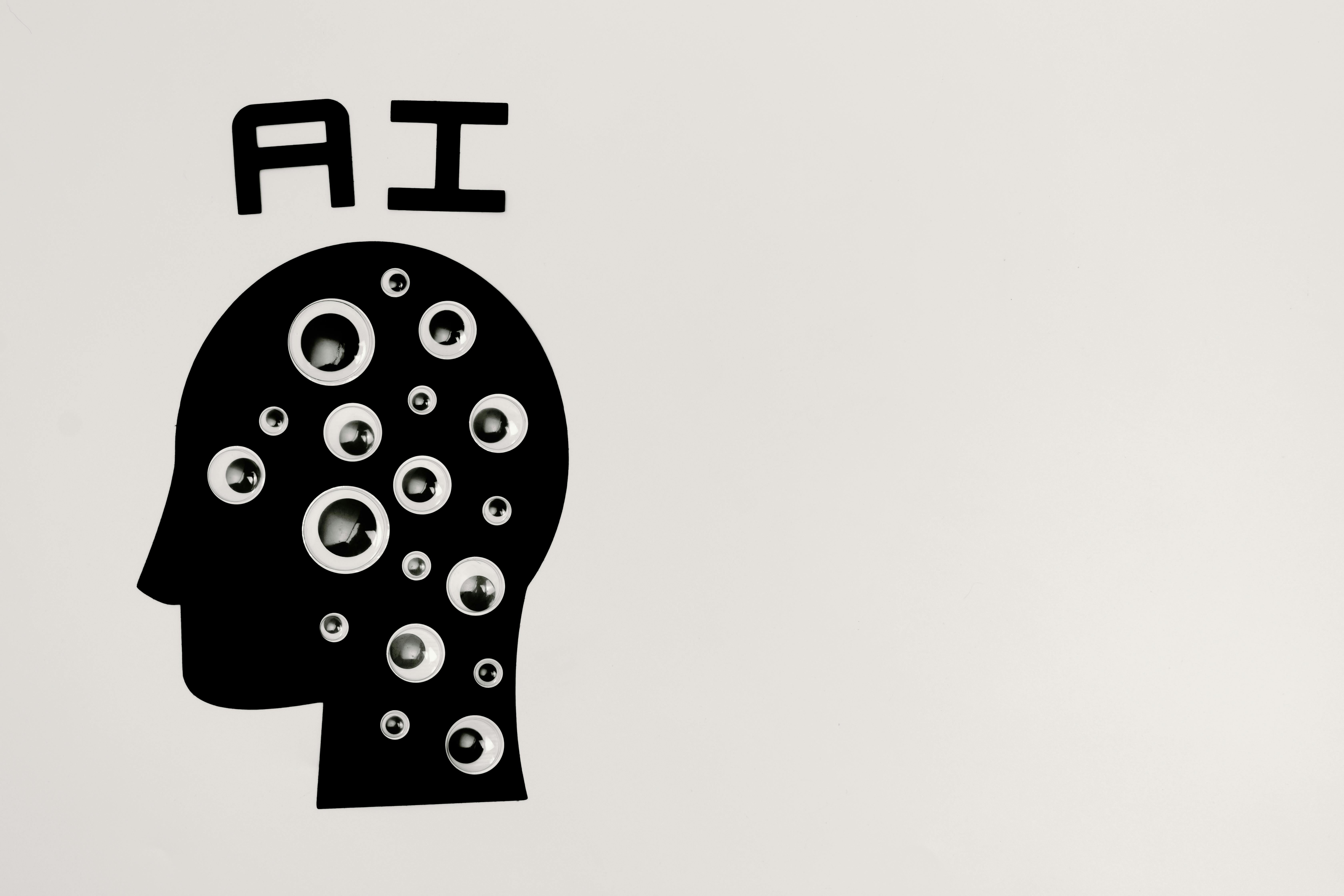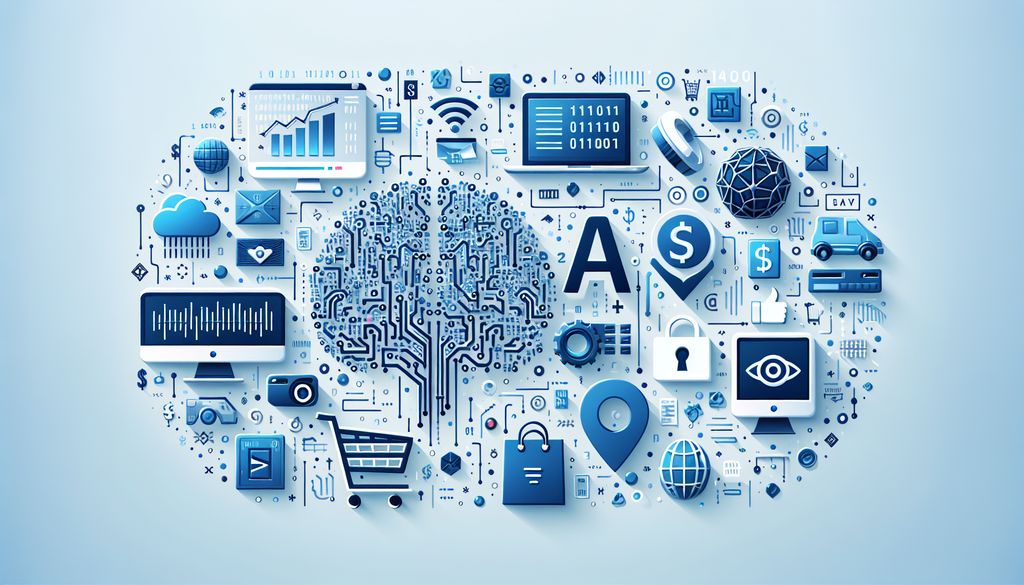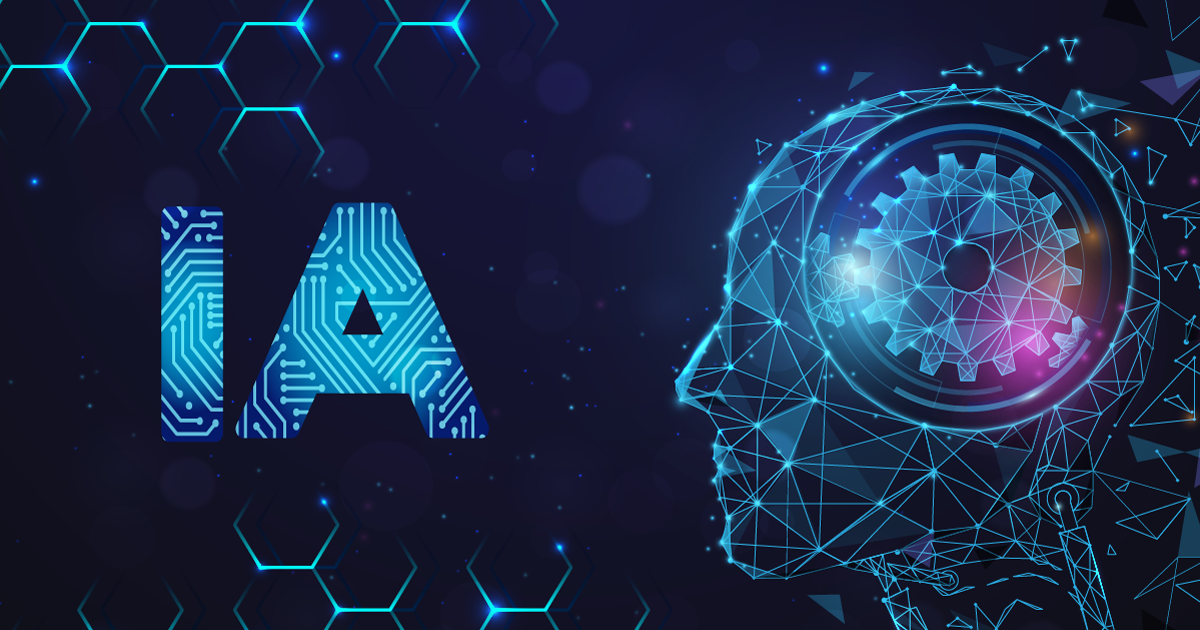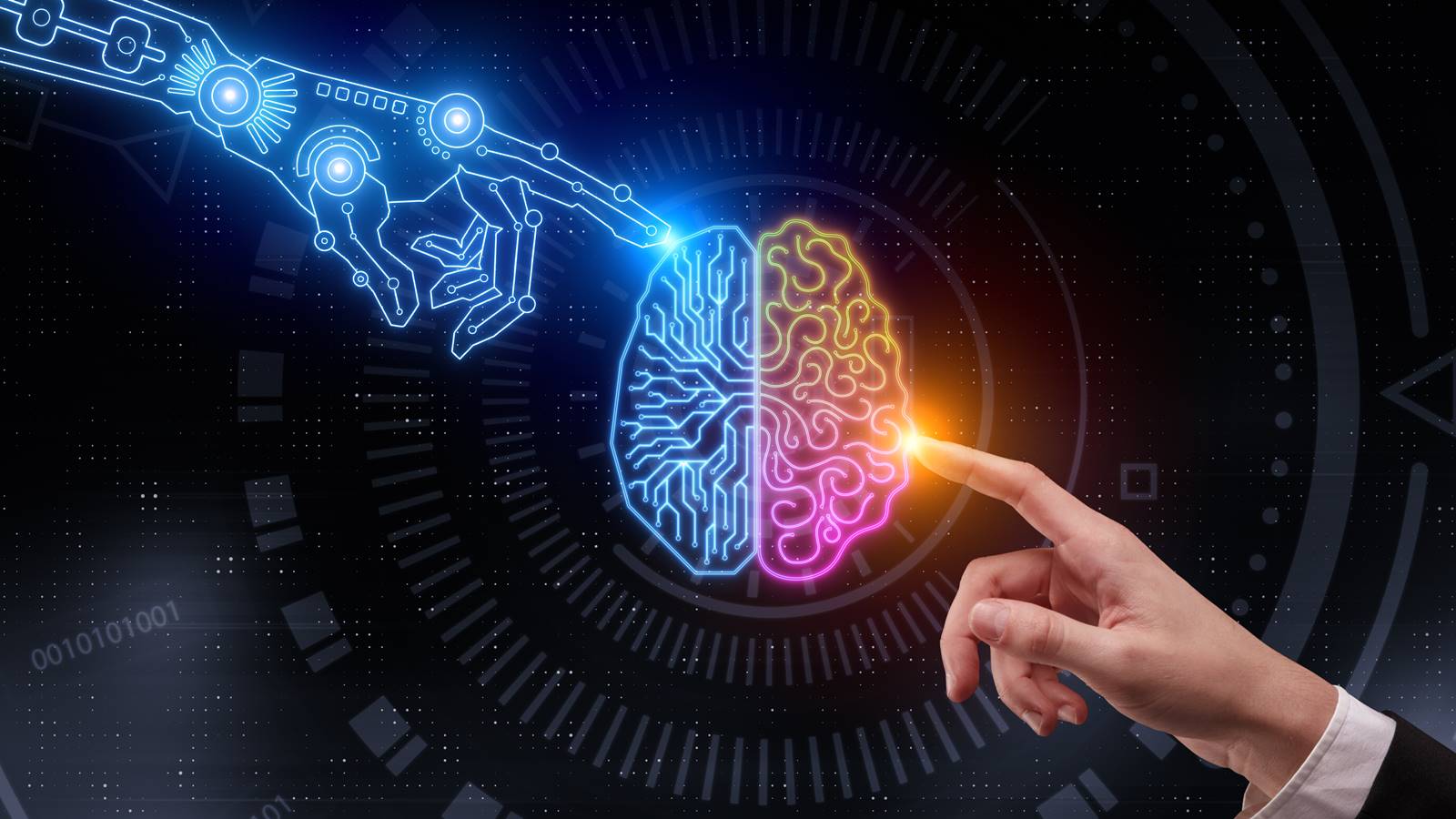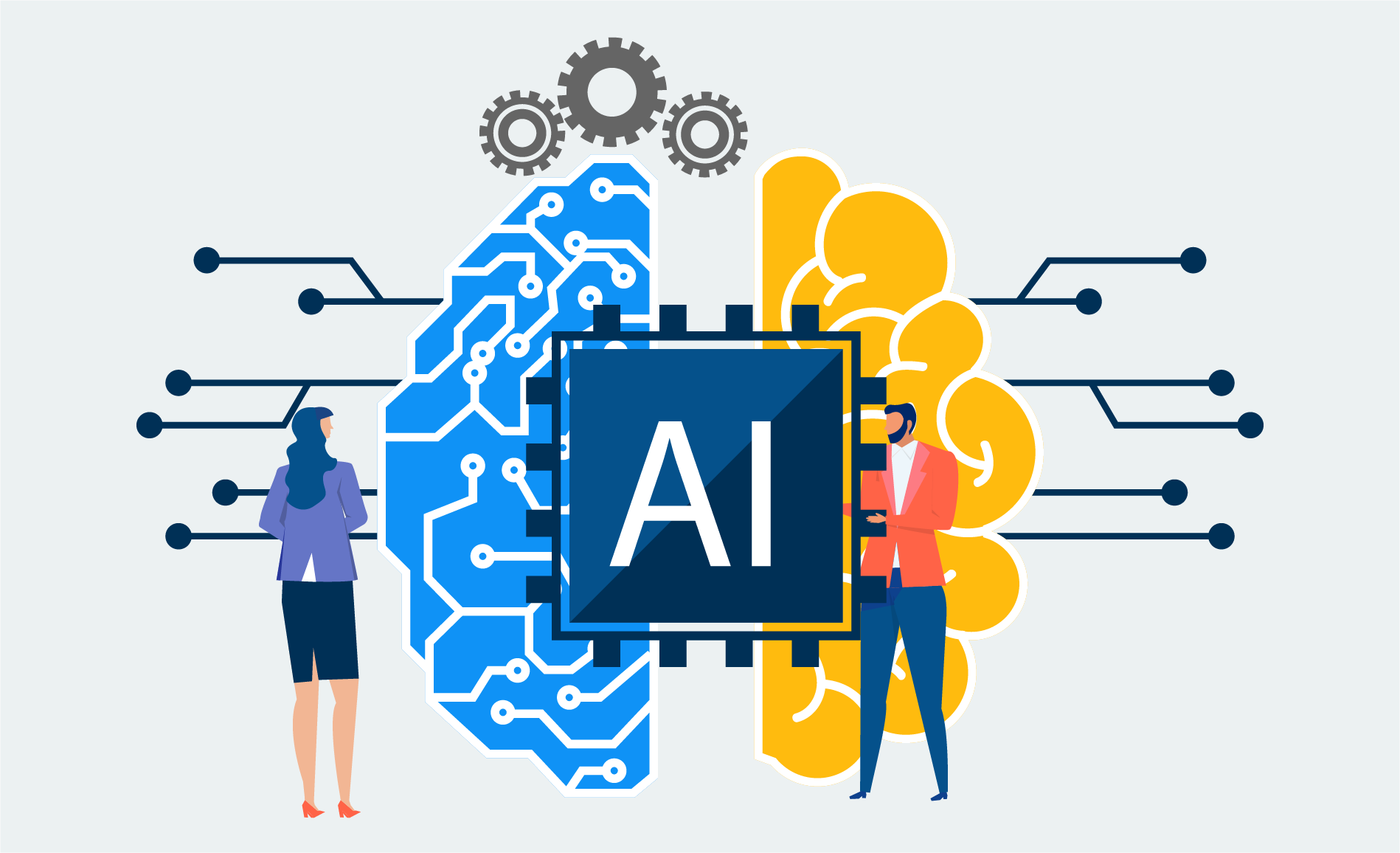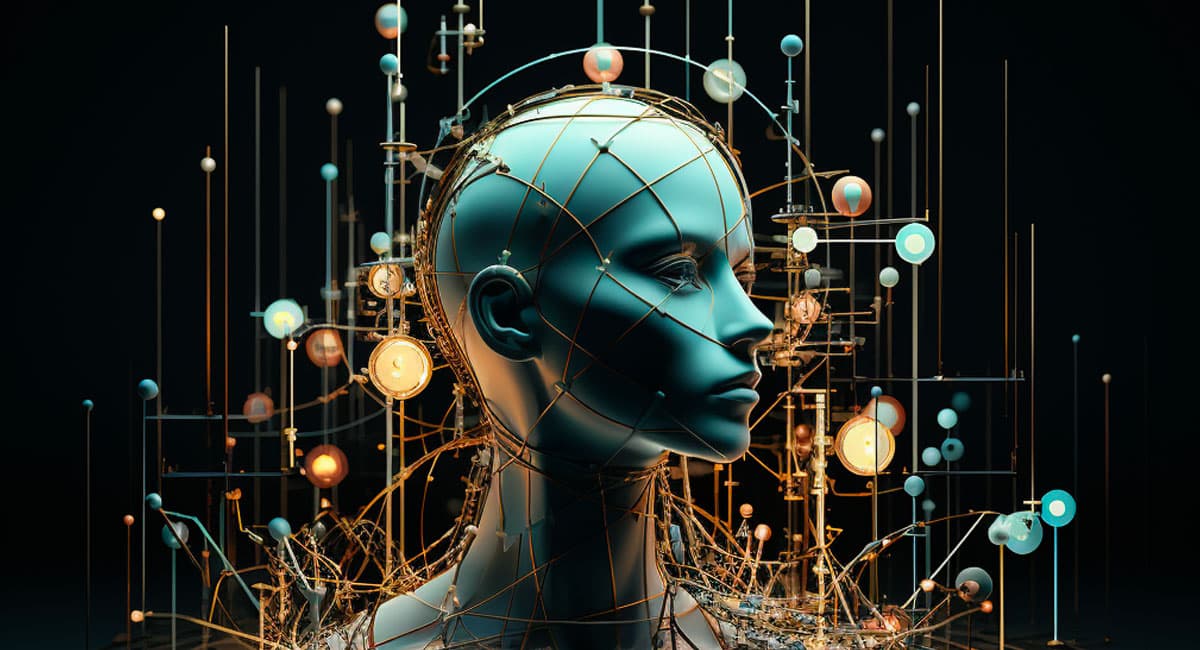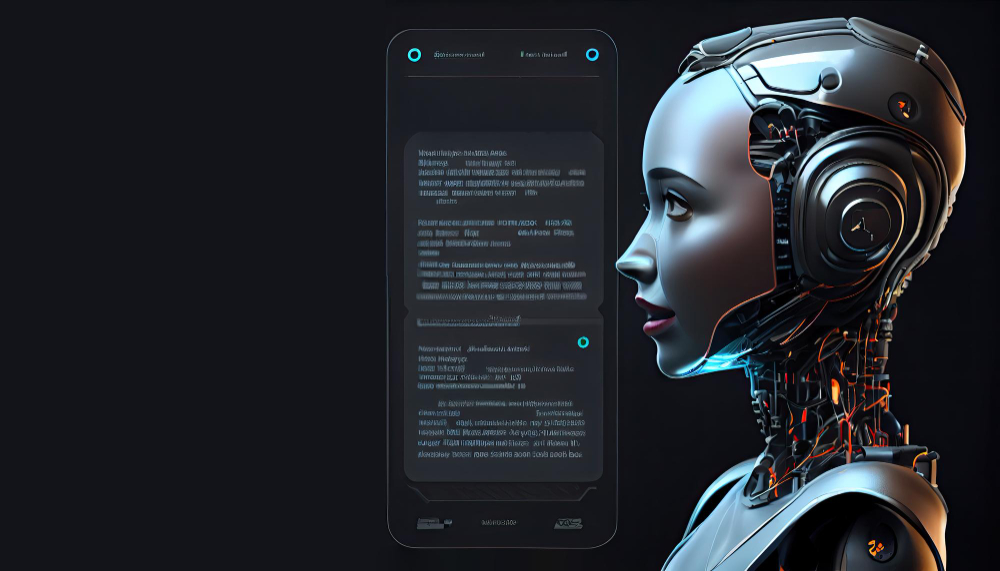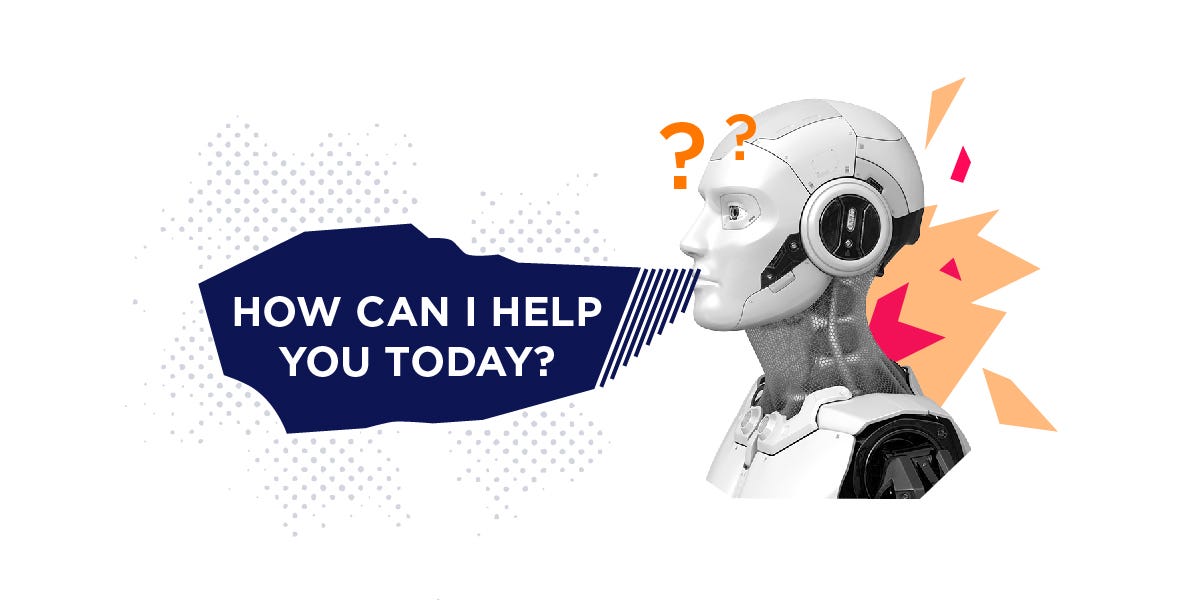Demystifying Artificial Intelligence: Understanding AI Basics for Non-Programmers

Understanding Artificial Intelligence
Artificial Intelligence encompasses the development of computer systems capable of performing tasks that traditionally require human intelligence. The field includes various subfields, each with its own focus and application. Machine learning is one such subfield, where algorithms enable computers to learn from data and improve their performance over time. Natural language processing focuses on enabling machines to understand and interact with human language, while computer vision enables machines to interpret and understand visual information. Robotics combines AI with physical systems to create intelligent machines capable of interacting with the physical world.
Machine Learning: The Essence of AI
Machine learning, a subset of AI, lies at the heart of many AI applications. It allows computers to learn from data and improve their performance over time without explicit programming. Machine learning algorithms identify patterns and relationships within data, extract meaningful insights, and make predictions or decisions based on those patterns. This ability to learn from experience enables machines to automate tasks, recognize speech, classify images, and more.
Machine learning is a fundamental subset of AI that plays a crucial role in enabling computers to learn from data and improve their performance over time. It provides machines with the ability to automatically learn patterns, make predictions, and make decisions without explicit programming.
In supervised learning, the algorithm learns from labeled examples to make predictions or classifications. It is provided with a dataset where each data point is associated with a target value or label. The algorithm analyzes the features of the data and learns to map them to the corresponding target value. This allows the algorithm to make accurate predictions or classifications for new, unseen data. For example, in a spam email classification system, the algorithm is trained on a dataset of labeled emails, where each email is classified as either spam or non-spam. By analyzing the features of the emails, such as the words used or the presence of certain keywords, the algorithm learns to distinguish between spam and non-spam emails. Once trained, it can accurately classify new emails as spam or non-spam.
Unsupervised learning, on the other hand, involves learning from unlabeled data, where the algorithm is not provided with any target labels. The algorithm analyzes the patterns and structures in the data to discover inherent relationships and groupings. Clustering algorithms are commonly used in unsupervised learning to group similar data points together. For example, in customer segmentation, an unsupervised learning algorithm can analyze customer data based on various attributes and group customers into segments based on their similarities.
